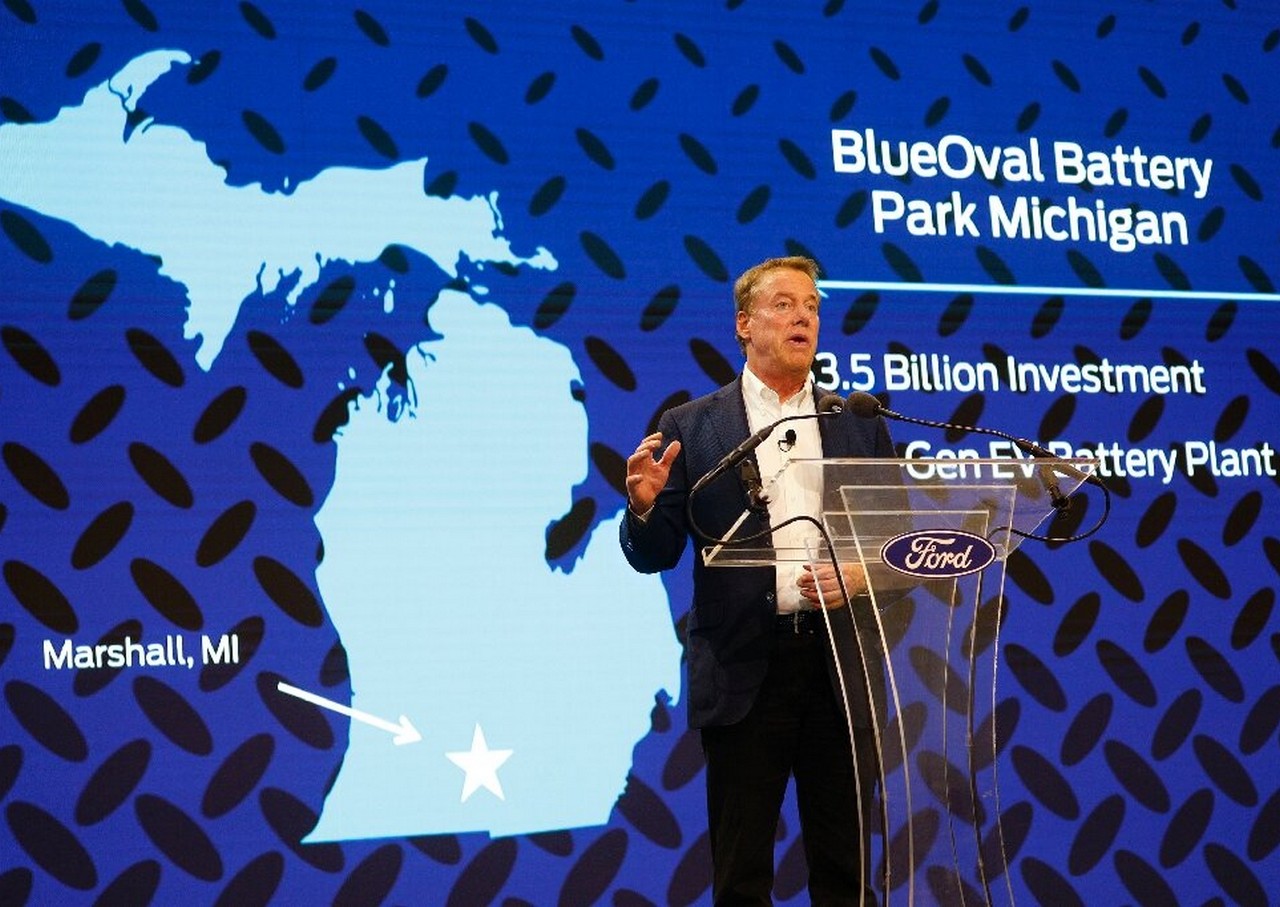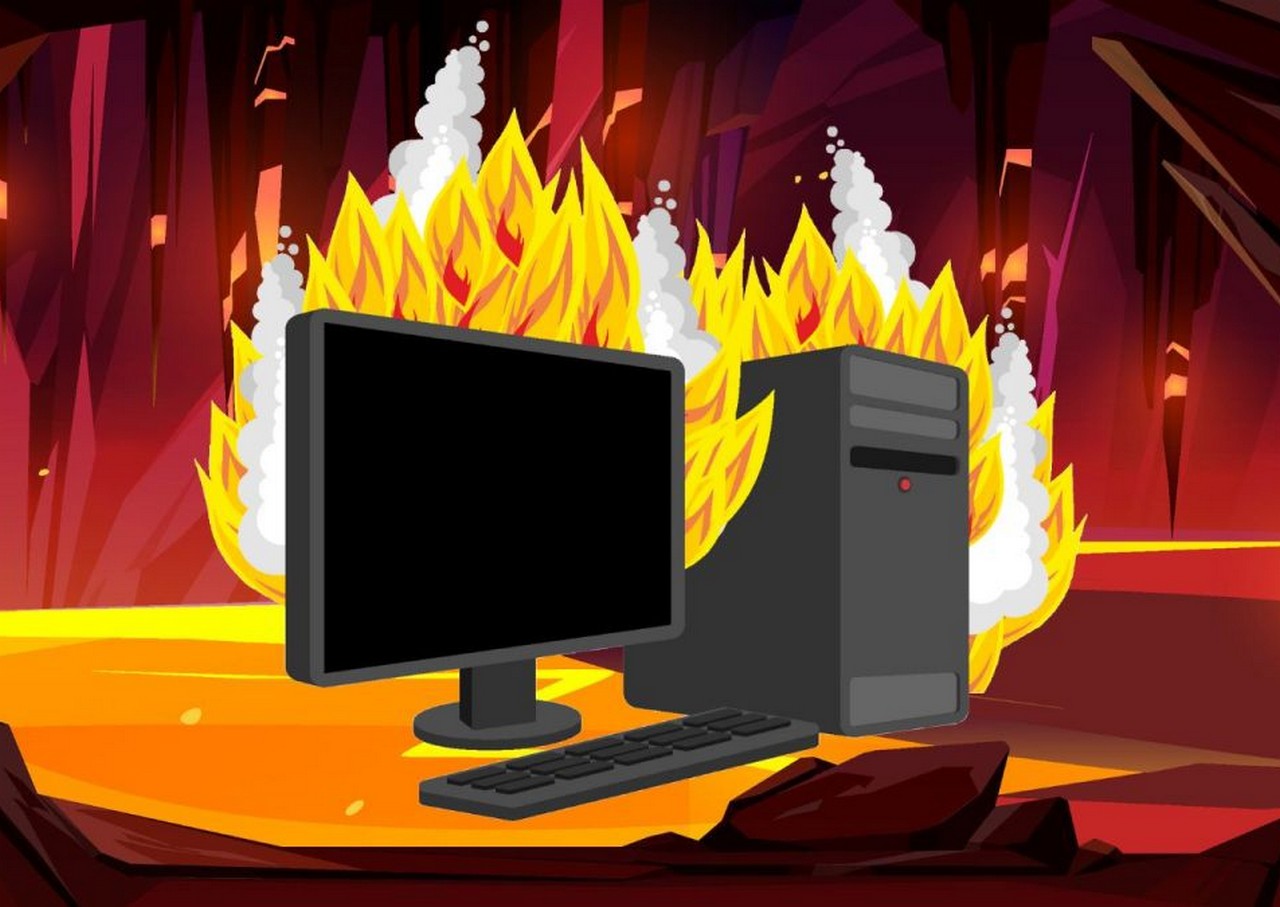Like it or hate it, we’ve a divisive opinion when confronted with sweltering warmth, however the elements inside our computer systems and laptops are decidedly not as sun-loving as the oldsters that use them.
Processors and graphics playing cards are particularly delicate to warmth, which is why cooling them on a daily day is vital – not simply when the climate begins to really feel like we’re prepared for a BBQ. Most will include some type of cooling answer relying on how premium the product is, with CPUs sometimes being shipped alongside a inventory fan cooler and GPUs having a radiator and fan constructed immediately into the cardboard itself.
Much more luxurious water-cooling blocks and AIO cooling programs can require a fan and radiator to tug fan-cooled water over the recent floor, and case followers are important for ensuring different elements comparable to your storage and reminiscence additionally get some assist with managing temperatures – but when cool air is required, what if the room across the PC or laptop computer is just too sizzling?
Sadly, no matter what cooling system you have got, the system usually solely “cools” in relation to the ambient temperature of its environment, which may put further pressure on our computer systems and laptops. It may be regarding to listen to your PC followers whirring loudly in a heat atmosphere, although normally this simply signifies that they’re doing their job. If the followers are whirring for a prolonged period, although, it could possibly be an indication that your system is struggling.
Simply HOW sizzling is just too sizzling?
So how sizzling ought to your GPU or CPU be? It is vital to grasp that temperatures will fluctuate relying on what your system is doing, with decrease numbers anticipated whereas idle or operating a single process, however they will bounce up if the PC is coping with a heavy workload comparable to enjoying video games, streaming, and even simply opening a number of spreadsheets.
Typical protected GPU temperatures are normally between 150° to 185° (65° to 85° Celsius), although some AMD RDNA2 GPUs such because the Radeon RX 6900 XT have a max operate temp of a whopping 230° F (110° Celsius).
Acceptable working temperatures for CPUs sit round 140° and 160° Fahrenheit (60° to 70° Celcius), although it’s commonplace to see this climb to 175° Fahrenheit (80° Celsius) when below load – and it isn’t an important concept on your PC to take care of that degree of warmth.
You may examine the temperature of your GPU in just a few other ways, although the simplest approach, in the event you’re operating Home windows 10 or Home windows 11, is to go into your process supervisor by urgent the Ctrl, Alt and Delete keys in your keyboard on the similar time and choosing the app. From right here, choose efficiency and also you’ll see that info is displayed for varied elements, together with the temperature of your GPU.
CPU is a tad trickier and time-consuming relying on what technique you need to use. You may entry processor info within the BIOS, however this requires you to restart your system and takes the longest out of each technique we tried. Our suggestion for these of you who need to hold a frequent eye on system efficiency is to put in a third-party monitoring utility comparable to NZXT CAM (opens in new tab) or CoreTemp (opens in new tab) as this may allow you to examine your CPU temperature dwell (in addition to different helpful info comparable to energy draw).
Should you did need to entry and replace your BIOS anyway, we’ve a full information on how you are able to do that however keep in mind that every system could have a special look relying on who manufactures your motherboard.
Here is how your pc can hold its cool
So, you examine your system temperatures and discover some pretty alarming numbers in your display screen. That’s certain to trigger some concern however, fortunately, there are some things you are able to do to assist.
Clear your gadget and ensure vents are clear
Mud and fluff can shortly construct up round a desktop PC, which suggests your system won’t be getting as a lot airflow as you assume. A can of compressed air (the type bought in electronics shops for blasting mud) will do the trick, or a paintbrush or make-up brush can be utilized to softly mud away any grime. When you have a PC case that may be opened up by eradicating a panel you then also needs to give your case followers a blast of air to wash them, and be sure that the within of your system is evident from any mud build-up.
Roll again on overclocks
Some PC lovers like to maximise efficiency by overclocking, however this not solely attracts further energy, it additionally bumps up the common working temperature. Except you completely want your system to be overclocked always, take into account pulling again on the times when the climate begins to get uncomfortably heat.
Crank up the followers – and doubtlessly add extra
Case followers have a big half to play in conserving your CPU and GPU cool. Some instances have a built-in fan controller that lets you bump your fan pace as much as 100% as and while you want it, or you’ll be able to management this immediately on the system by heading into the BIOS once more.
That is simply as time-consuming as beforehand talked about concerning CPU temperatures. various is to put in extra third-party software program comparable to SpeedTemp, although this can be unable to entry your CPU fan relying in your motherboard producer.
In case your followers are cranked as much as full, then it might be time to contemplate a case improve to permit for higher airflow or including further case followers if in case you have the room to spare. Chances are you’ll be tempted to easily level a full-seized room fan on the PC and name it a day, however that is unlikely to truly convey down the temperature of your inner PC elements, even in the event you take off a facet panel.
Substitute your thermal paste and thermal pads
This requires various ranges of technical know-how, but it surely’s completely doable to DIY moderately than take your machine right into a computing store – although be cautious of voiding any warranties. In case your construct has just a few years behind it, take into account cleansing off the outdated thermal paste from the CPU and changing it with a contemporary batch as this might assist to convey the warmth down.
Equally, some GPUs don’t have the very best quality thermal pads, although most producers received’t be pleased so that you can take their product aside to be able to exchange them. Nonetheless, in the event you’re pleased to void any warranties and take a danger, you’ll be able to observe this glorious video tutorial from TechteamGB to wash your graphics card and exchange the thermal pads and paste inside (opens in new tab).
Should you’ve tried all of the following pointers then hopefully your pc is operating somewhat cooler, no matter slogging via spreadsheets, Google Chrome tabs, or streaming video games. Simply bear in mind – you’ll be able to all the time swap your PC off to provide it a while to chill down in the event you’re involved about it, and that ought to prevent from having to purchase a brand new graphics card sooner than anticipated.







